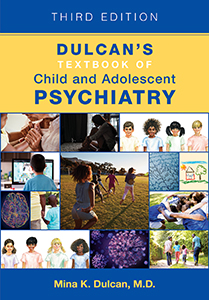Chapter 5.Assessing Adolescents
Sections
Excerpt
The psychiatric assessment of adolescents is a complex, challenging, and multifaceted task. In many ways, this assessment is more similar to the assessment of adults than to the assessment of younger children. Adolescents are able to give historical information, verbalize feelings, and be introspective. Many are able to think abstractly. However, an extensive body of research outlines key cognitive differences between adolescent and adult brains; these differences influence thinking, emotional processing, and behavioral choices. Clinicians assessing adolescents should be aware that adolescents are not just younger adults. Adolescents live in a complex web of interdependent relationships within their family, peer group, school, agencies (e.g., social services, juvenile justice), and broader community and cultural groups. The assessment of adults typically relies to a great degree on that adult’s report of symptoms and problems. Many times, the only source of information is the adult being evaluated. To do this with adolescents would be a grave mistake. Developmental considerations are critically important in the assessment of adolescents, particularly when gauging their physical and emotional maturation. The brain continues to develop into the early 20s, especially the areas involved in executive functions such as inhibition, impulse control, and critical decision-making (see, e.g., Casey 2015; Lebel and Beaulieu 2011). Developmental immaturity of the brain places adolescents at much higher risk for multiple problems, including violence and aggression, substance abuse, motor vehicle accidents, and risky sexual behavior.
Access content
To read the fulltext, please use one of the options below to sign in or purchase access.- Personal login
- Institutional Login
- Sign in via OpenAthens
- Register for access
-
Please login/register if you wish to pair your device and check access availability.
Not a subscriber?
PsychiatryOnline subscription options offer access to the DSM-5 library, books, journals, CME, and patient resources. This all-in-one virtual library provides psychiatrists and mental health professionals with key resources for diagnosis, treatment, research, and professional development.
Need more help? PsychiatryOnline Customer Service may be reached by emailing [email protected] or by calling 800-368-5777 (in the U.S.) or 703-907-7322 (outside the U.S.).



